One of Concordia University Texas' most valued properties is the famous Friesenhahn Cave in San Antonio.
Considerable work has been published about prior research at the Friesenhahn Cave and at least one publication has identified this site as "one of the most important paleontological sites in the United States" (Veni, 1988). Besides the La Brea Tar Pits in California, it is believed that no site in the United States has yielded a greater variety of significant Pleistocene vertebrate fossils.
From excavations conducted by the University of Texas at Austin over 40 years ago, the Friesenhahn Cave has yielded over 4,000 isolated teeth and bones of more than 30 genera of ice age mammals, reptiles and birds. Especially noteworthy from the Friesenhahn Cave is the holotype specimen of Geochelone wilsoni, a recently discovered species of turtle which is represented by only a very few specimens worldwide (Milstead, 1956). Also noteworthy are well-preserved specimens of a Saber-toothed cat Homotherium serus and a long nose peccary Mylohyus nasutus that were excavated from this site in the 1950's. These are on display at the University of Texas Memorial Museum and its Bulletins 1 and 2 pertaining to their excavation are available from the museum (Lundelius, 1960) (Evans and Meade, 1961).
The cave is a relatively small sinkhole which once was used as a den into which Saber-toothed cats dragged prey such as baby mammoths. Concordia faculty member Dr. Laurence Meissner is currently directing research at the site and he and his students have already found numerous teeth and bones of mammoth Mamuthus columbi, sabre tooth cat Homotherium serum, bear Ursus americanus and numerous other Pleistocene species. Especially noteworthy is another specimen which they removed of the rare Geochelone wilsoni turtle species described above.
-
Cave Maps
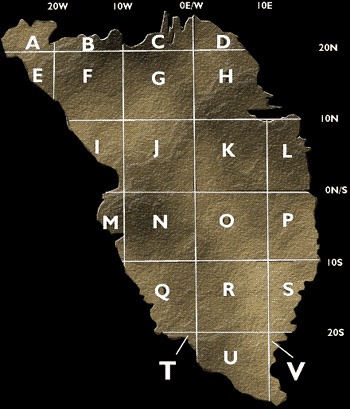
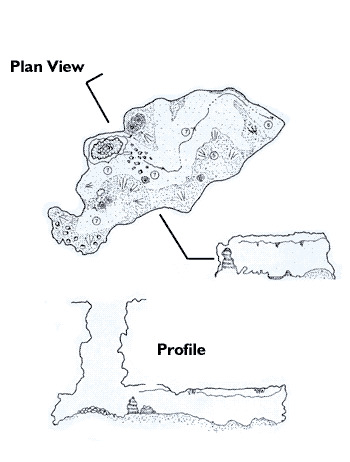
-
Cave Work Photos


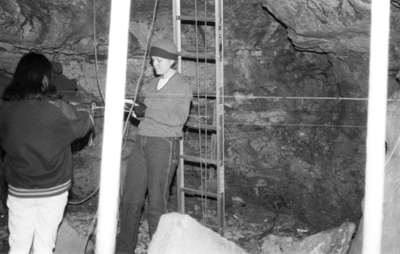
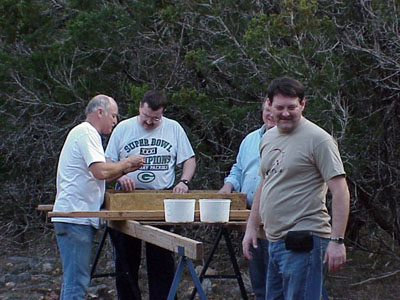

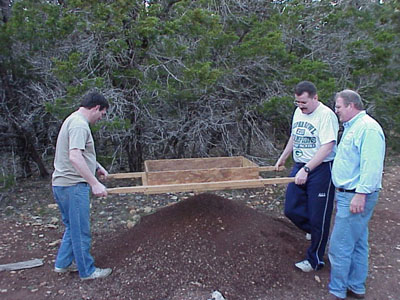
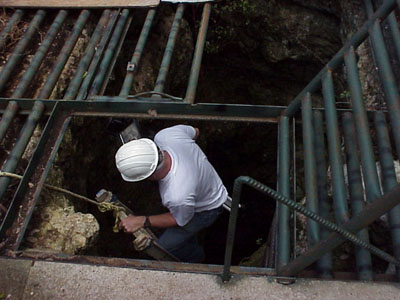
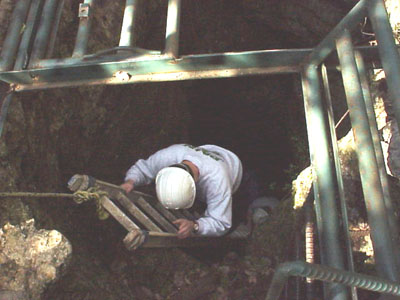
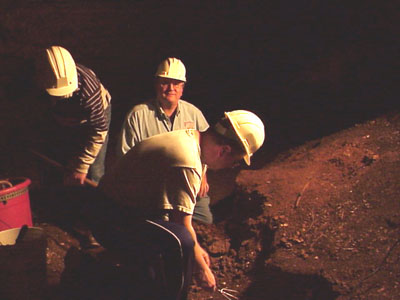
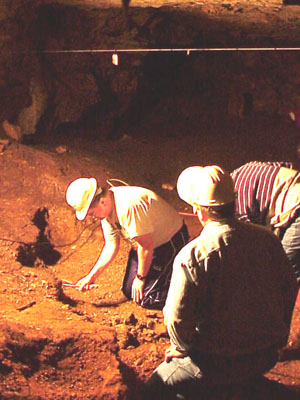
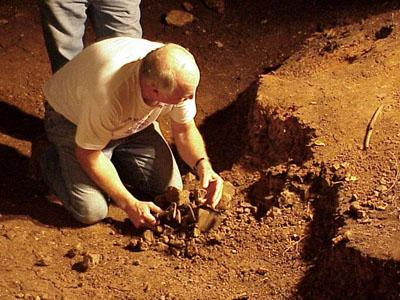
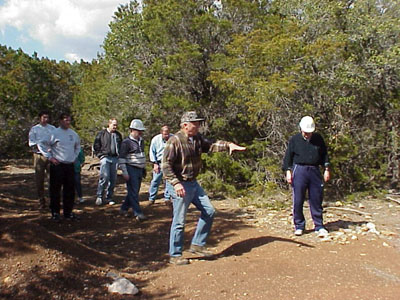



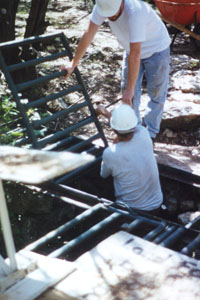
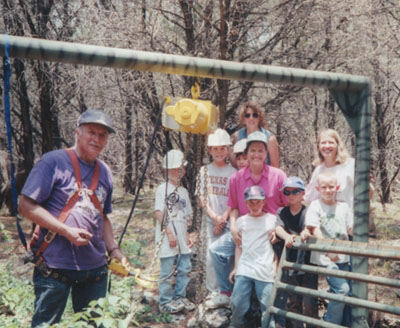
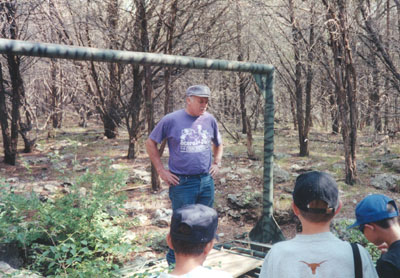
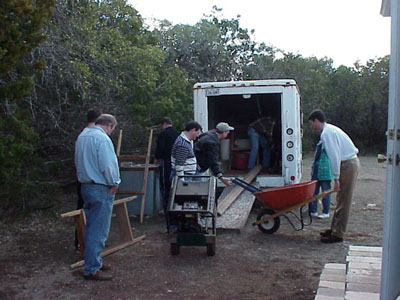
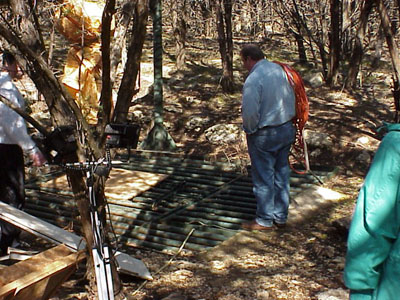
-
Equipment
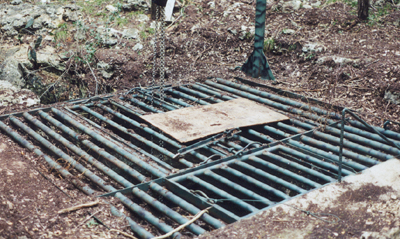
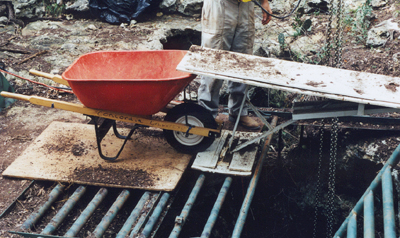
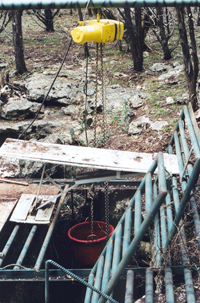
-
Fossils
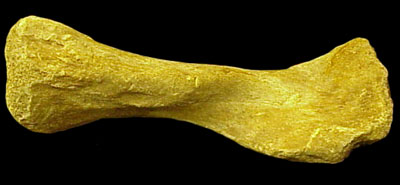
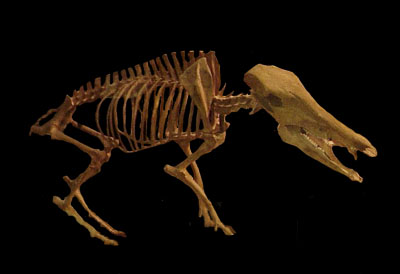
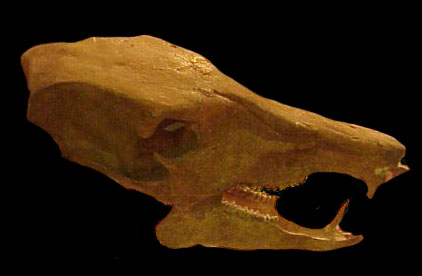
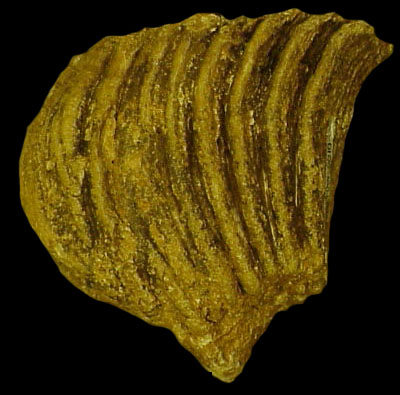
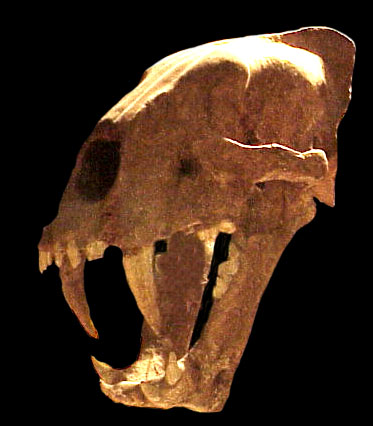

Publications
Lundelius, Ernest L. Jr. (1960). Mylohyus nasutus -- Long-nosed Peccary of the Texas Pleistocene. Bulletin of the Texas Memorial Museum. Number 1. Austin, TX.
Evans, Glen L. and Grayson E. Meade. (1961) The Friesenhahn Cave; The Sabre-toothed Cat, Dinobastis serus. Bulletin of the Texas Memorial Museum. Number 2, Austin, TX.
Milstead, William W. (1956). Fossil Turtles of Friesenhahn Cave, Texas, with the Description of a New Species of Testudo. Copeia, Vol. 3, 162-171.
Moodie, Kevin B and Thomas R. Van Devender. (1979). Extinction and Extirpation in the Herpetofauna of the Southern High Plains with Emphasis on Geochelonia wilsoni (Testudinae). Herpetologica 35(3) 198-206
Veni, George. (1988). The Caves of Bexar County, Texas Memorial Museum Speleological Monographs, 2. Austin, TX. ISSN 08909822


